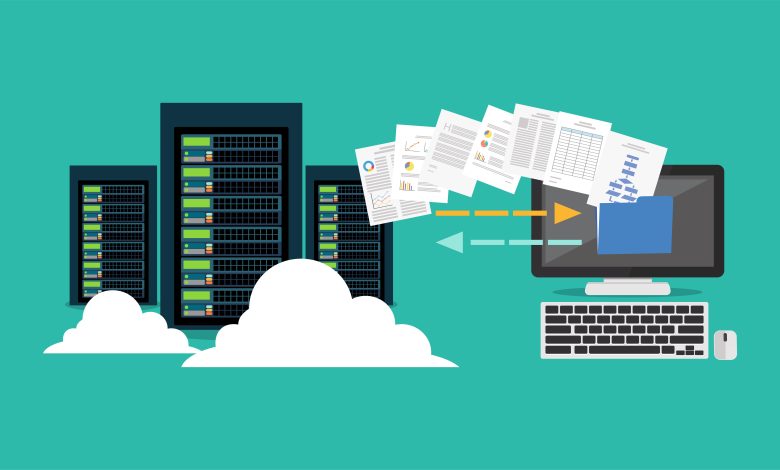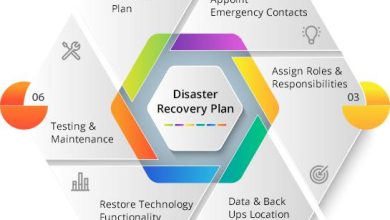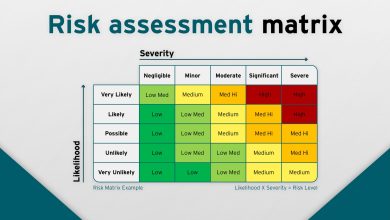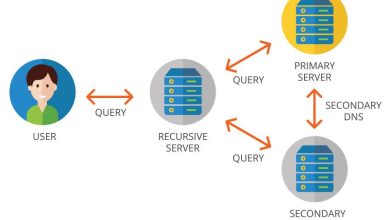Data Backup Best Practices for Small and Medium Businesses

Data Backup Best Practices for Small and Medium Businesses
In today’s digital landscape, data is the lifeblood of any small or medium business (SMB). A single data loss incident can lead to catastrophic consequences, including financial losses and reputational damage. Therefore, understanding and implementing effective data backup best practices is essential for safeguarding your business’s critical information. This comprehensive guide will provide you with valuable insights, practical tips, and strategies to enhance your data backup efforts.
Why Data Backup is Crucial for SMBs
Data loss can happen due to various reasons, including hardware failure, cyberattacks, human error, and natural disasters. For SMBs, the impacts can be especially severe:
- Financial Loss: Recovering lost data can be costly, ofen amounting to thousands of dollars.
- Operational Downtime: Data loss can halt business operations, leading to lost sales.
- Legal and Compliance Issues: Regulatory breaches can occur if sensitive data is not adequately protected.
- Reputational Damage: Clients and customers may lose trust if their data is compromised.
Understanding Different Backup Strategies
Before diving into data backup best practices, it’s crucial to understand the various types of backup strategies. There are three primary categories: full backup, incremental backup, and differential backup.
| Backup Type | Description | Benefits |
|---|---|---|
| Full Backup | Backs up all data in one go. | Comprehensive,easy to restore. |
| Incremental Backup | Backs up only the data changed since the last backup. | Faster and saves space. |
| Differential Backup | Backs up data that has changed since the last full backup. | Faster than a full backup, simpler restore process than incremental. |
Best Practices for Data Backup
1. Establish a Backup Schedule
Consistency is key. Create a regular backup schedule that dictates how frequently enough backups should occur. Consider the following:
- Daily backups: Essential for businesses with constantly changing data.
- Weekly backups: Suitable for businesses with less frequent changes.
- Monthly backups: ideal for archival data that doesn’t change frequently enough.
2. Utilize the 3-2-1 Backup Rule
The 3-2-1 rule is a popular data backup strategy that suggests:
- Keep three copies of your data.
- Store them on two different types of media.
- Keep one copy offsite to safeguard against local disasters.
3. Choose the Right Backup Solutions
different SMBs have different needs. Consider the following types of backup solutions:
- External Hard drives: Simple and cost-effective for small amounts of data.
- Cloud Backup Services: Provides offsite storage and accessibility from anywhere.
- Network Attached Storage (NAS): Great for larger organizations needing shared access.
4. Test Your Backups Regularly
Having backups is not enough. You must regularly test them to ensure data can be restored successfully when needed. Schedule audits and tests:
- Monthly tests for critical data.
- Quarterly tests for less critical data.
5. Implement Security Measures
data security should be a priority. Consider encrypting your backups and using strong passwords. Keep your software updated to protect against vulnerabilities.
Benefits of Effective Data Backup
Implementing data backup best practices offers numerous benefits for SMBs:
- Peace of Mind: Reduce anxiety around data loss.
- enhanced Productivity: Minimize downtime by ensuring rapid recovery processes.
- Regulatory Compliance: Stay compliant with data protection regulations.
- Improved Business Continuity: Maintain operations in the face of unexpected incidents.
Case Studies: Prosperous backup Implementations
Case Study 1: TechSolutions Ltd.
techsolutions, a small IT firm, implemented the 3-2-1 rule last year and experienced significant improvements in data recovery time after a ransomware attack. Their average recovery time decreased from several days to under an hour, allowing them to protect their client relationships.
Case Study 2: GreenSpaces Landscaping
GreenSpaces faced a critical situation when a hardware failure resulted in the loss of weeks of customer data. By adopting cloud backup solutions and establishing a daily backup schedule, they now confidently recover data within minutes, significantly reducing their operational risk.
First-Hand Experience: A Small Business Owner’s Viewpoint
As a small business owner, ensuring data security wasn’t always my top priority until I experienced data loss firsthand. after losing critical customer information during a hard drive failure, I realized that investing in data backups was essential. Learning from my mistakes, I implemented a structured backup strategy involving the 3-2-1 rule and regular testing. Today, I can confidently say data backup has changed my business operations for the better.
Conclusion
Data backup is not just an option; it’s a critical component of a small and medium business’s success.By following these data backup best practices, SMBs can significantly reduce the risk of data loss, ensure business continuity, and maintain customer confidence. remember, the best time to implement a robust backup strategy is now—don’t wait until it’s too late!
For more insights into data management practices, subscribe to our newsletter or contact us for personalized advice on how to secure your business data today.




